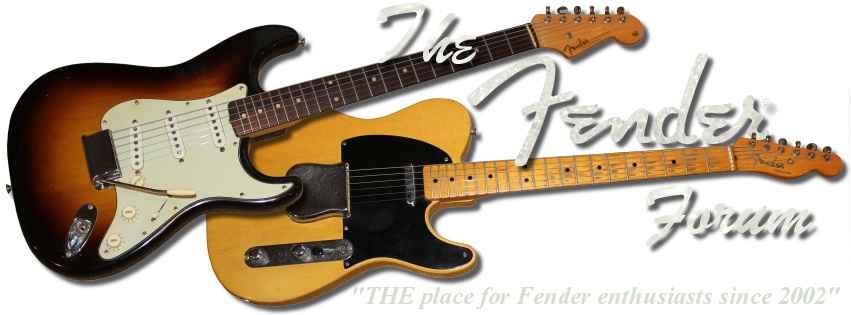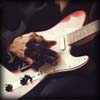Hey guys, been playing guitar on and off for about 10 years but just now picking up bass. Obviously my natural tendency is to use a pick however I want to learn the proper "walking" technique. Anyone got any good exercises or techniques I can try to properly learn this?
Thanks!



 Reply With Quote
Reply With Quote






